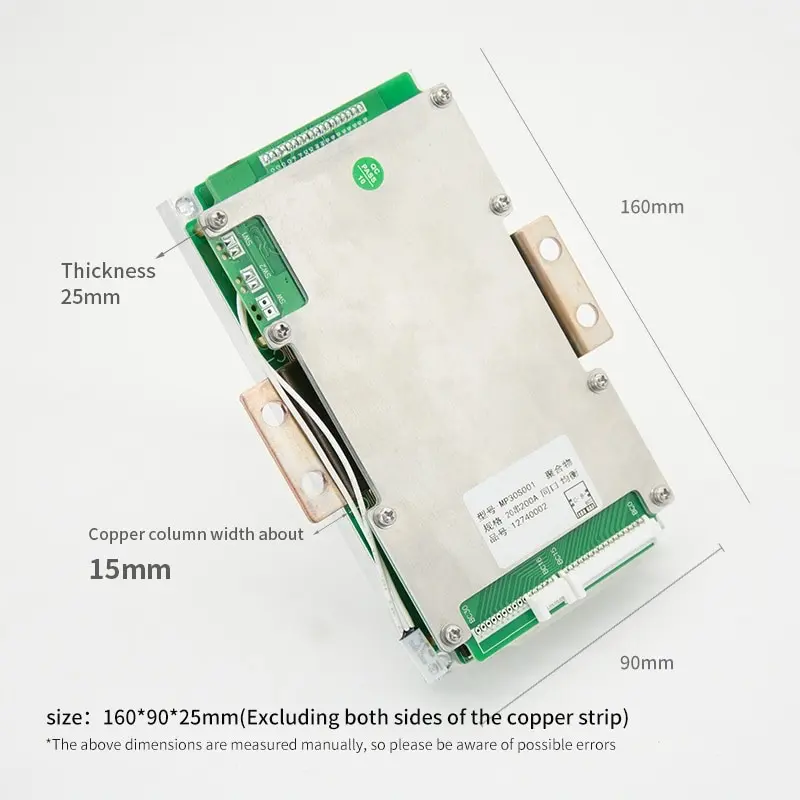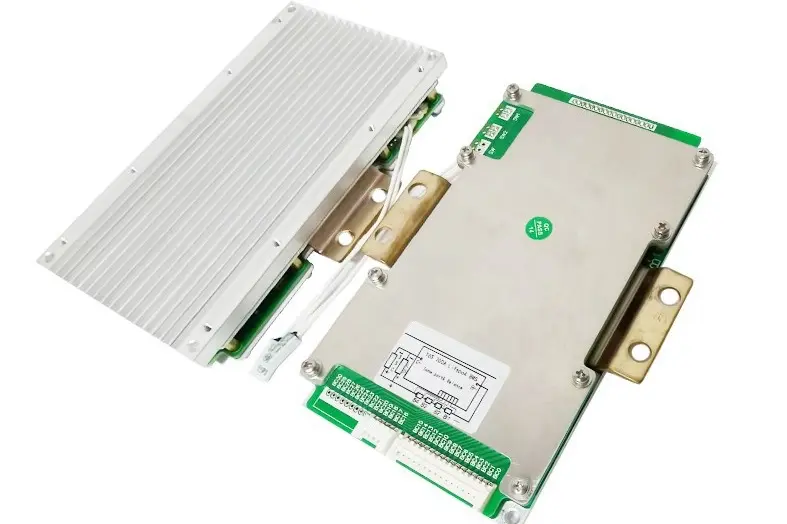BMS
COATING THICKNESS GAUGE
BMS collects voltage, temperature, current, resistance and other data of the power battery system, and then analyze the data status and battery use environment to monitor and control the charging and discharging process of the battery system. According to functions, we can divide the main functions of BMS into battery state analysis, battery safety protection, battery energy management, communication and fault diagnosis.
BMS system includes sensor, CPU, actuator, etc. Through sensors all over the battery pack, the BMS obtains the state information of the battery cells, and transmits the state information to the central processor for processing. The processor processes and executes the feedback information through the actuator to adjust the state of the battery so that it is in a suitable working environment and a safe environment to meet the power demand of the vehicle.
1. Battery status analysis
SOC estimation is the core function of BMS and also the main parameter to evaluate the range of electric vehicles. BMS detects the information of battery parameters (voltage, current, temperature, etc.) through sensors throughout the battery pack. The accuracy of the voltage sensor is very high, and the change of 1mV can be recognized. Due to the accurate detected information and excellent algorithm processing, the remaining battery capacity can be calculated very accurately.
2. Battery safety protection
If the temperature is too high or too low, it will affect the activity of the cell, even cause irreversible physical damage, and ultimately affect the life of the cell. BMS can create a good operating environment for the battery. For example, in cold areas, the battery charging efficiency decreases. At this time, BMS will call the heating system to heat the battery cell to achieve a comfortable charging environment; In summer or when the battery is hot, BMS will call the cooling system to cool the battery cell, and the intelligent temperature control system will greatly improve the service life of the battery cell.
3. Battery energy management
BMS can play the role of “balance management”, reducing the voltage difference between battery cells, so as to ensure the consistency of cell charging. This is because the voltages of the cells are different due to congenital factors or inconsistent operating temperatures, so the capacitance of the cells will be inconsistent during charging, for example, some cells have been fully charged, but some have not been fully charged. BMS system can play a regulating role, so that cell charging can be almost completed at the same time. For example, the battery with higher voltage can be discharged through bypass resistance, so that it can reach the same voltage as other cells, and finally achieve overall balance.
4. Communication and fault diagnosis
BMS transmits the voltage, temperature, current, SOC and other data of the battery system through can communication. Finally, we can intuitively see the range, battery capacity and other information on the instrument. BMS can also perform fault diagnosis. BMS will formulate a corresponding fault threshold table according to cell parameters and battery system functions. BMS will protect the battery system and report the fault type through the fault threshold table, so as to facilitate later troubleshooting and maintenance.



